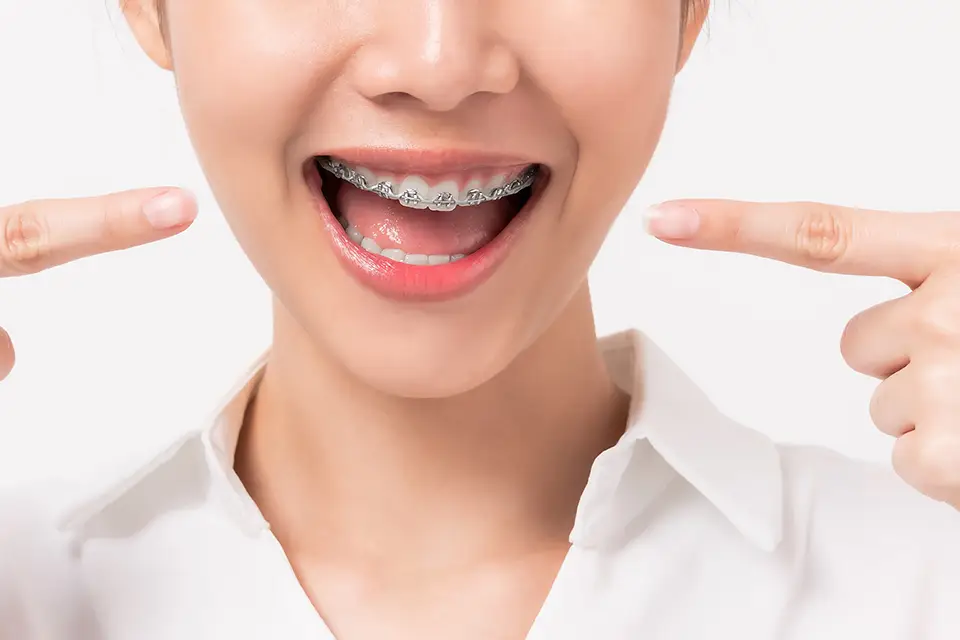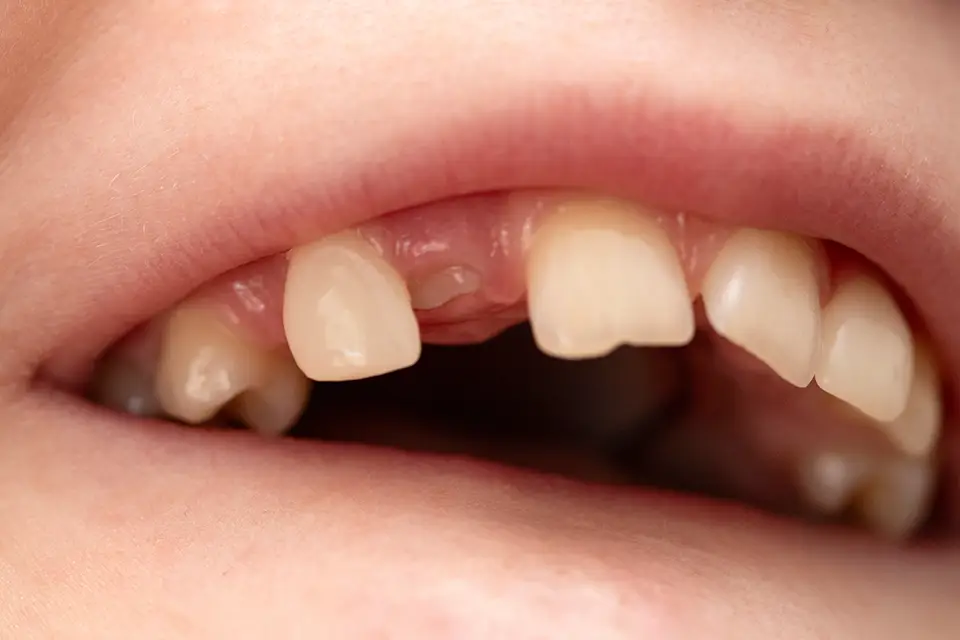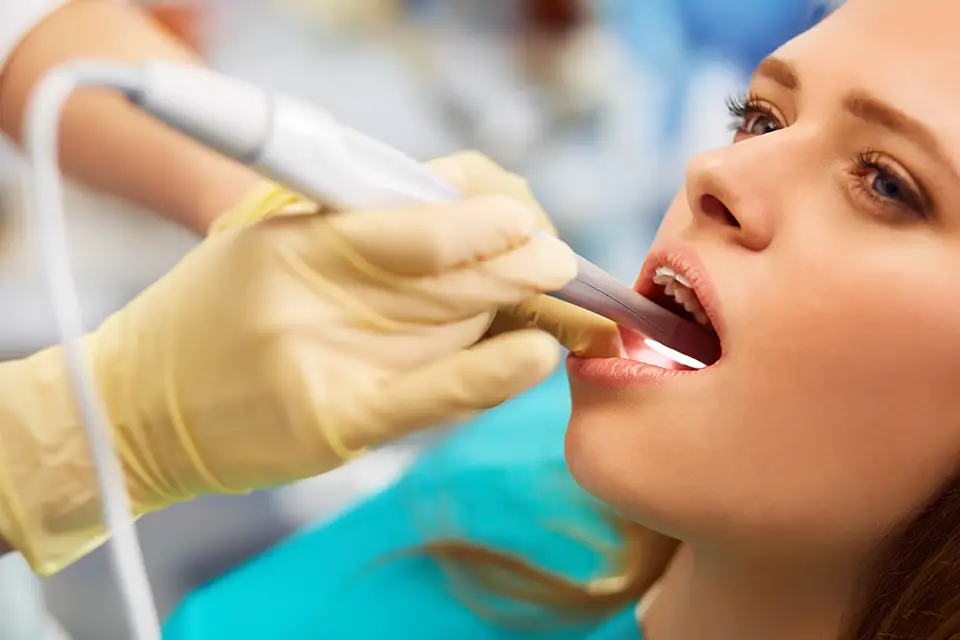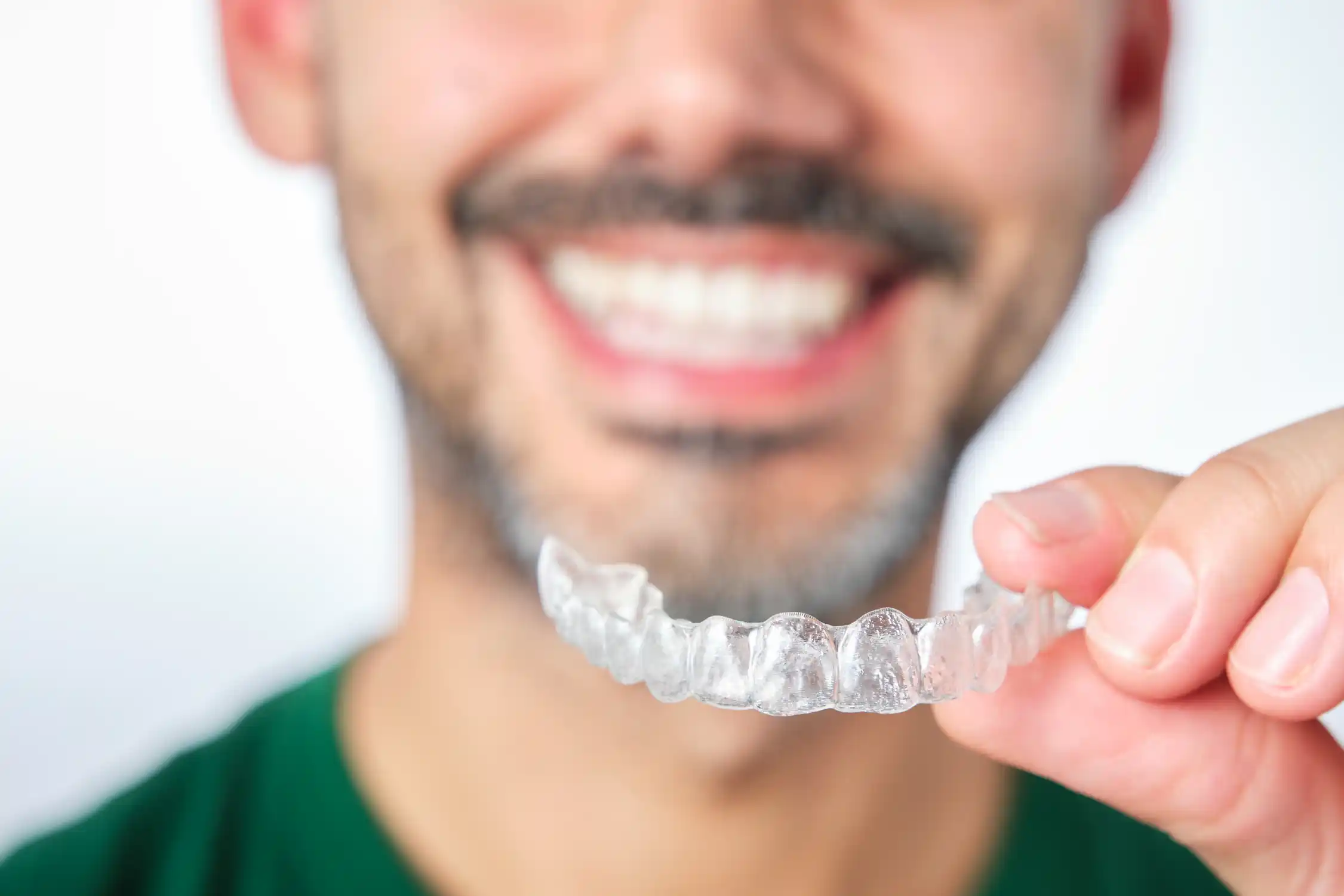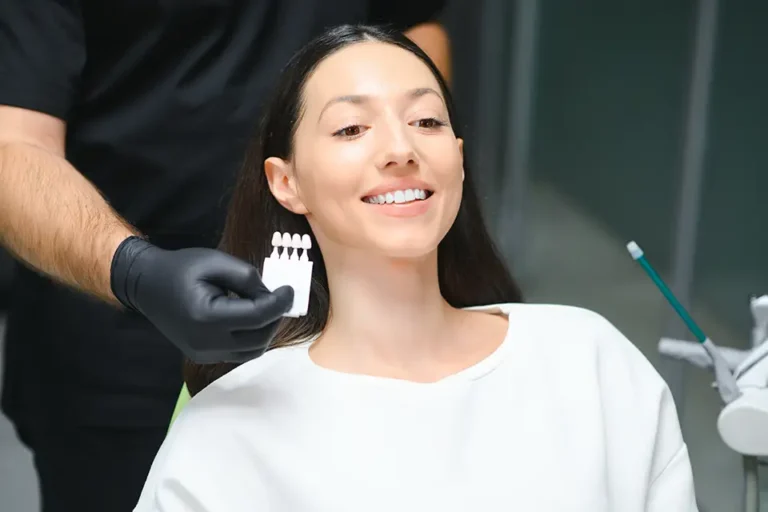Dental braces and clear aligners are the standard treatment methods used to straighten teeth, but deciding which treatment method is best is not always easy. Patients need to consider several factors, including the cost, total treatment time, and whether their insurance company provides any coverage.
Before people choose between braces and aligners, they also need to understand how each treatment method works. This guide explains the differences between the two and touches on several other questions people have when starting orthodontic treatment.
What Are Dental Braces?
Orthodontists have relied on braces for decades to treat patients with bite problems. Dental braces consist of the following components:
- Arch wire: Constructed from metal, the arch wire is long, slender, and fits through the center of each bracket. The purpose of arch wire is to apply pressure to the teeth along with the brackets to force them to shift.
- Brackets: Brackets for traditional braces are small and shaped like a square. They contain either metal or porcelain. Orthodontists center brackets in the middle of each tooth after placing adhesive cement on it.
- Coil springs: This piece of orthodontic gear sits between two brackets when teeth overlap each other. Coils help to separate the teeth and restore a patient’s bite.
- Rubber bands: Orthodontists attach small rubber bands to hooks that attach brackets from the top and bottom rows of teeth together. Patients replace their own rubber bands each day.
Patients who wear dental braces also have some type of ligature attached to them. Elastic ligatures consist of small rubber bands that help to keep the arch wire in place. Another benefit of elastic ligatures is that they assist in guiding teeth into their new positions. Wire ligatures are thin wires made from stainless steel that prevent the arch wire from moving. Orthodontists also use wire ligatures to secure wire brackets to teeth.
Chain elastic ligatures replace elastic ligatures on every tooth. They create additional pressure by forming a tightening force that pulls teeth spaced too far apart together. Orthodontists typically reserve using chain elastic ligatures until the last few months of treatment.
What Are the Three Types of Dental Braces?
Orthodontists apply standard braces directly to the teeth, which typically consist of one of the three types described below.
Clear Braces
Also called ceramic or invisible braces, clear braces function the same as traditional metal braces. Orthodontists use each of the materials described above and install them the same way. Clear braces are also the same size and shape as metal braces.
The biggest difference between the two is the color, since clear braces feature tooth-colored brackets. Wires, rubber bands, and ligatures also contain see-through colors. The clear color of these braces can be a big advantage for people who want to be more discreet about their orthodontic treatment.
Lingual Braces
Lingual dental braces also offer the option of making the brackets and wires less visible. Rather than using clear brackets and wires, orthodontists apply standard metal braces to the back of a patient’s most visible teeth. However, they apply metal brackets, wires, and standard accessories to the back chewing teeth as usual.
Traditional Metal Braces
These dental braces have been around the longest and remain the most effective and affordable form of orthodontic treatment. Orthodontists can treat a wide range of alignment problems using traditional metal braces, including overcrowding, teeth alignment, and jaw repositioning. Metal is the primary component of the brackets and wires. Orthodontists also use visible rubber bands and give patients a small packet each month to use at home.
Headgear and Retainers
Orthodontic headgear works in combination with braces to apply additional pressure to the teeth. Each of the back teeth contains an opening where the patient places one end of the headgear. The device stays in place with a strap that goes around the back of the neck.
Most people need to wear a retainer after having their braces removed to prevent their teeth from reverting to their old positions. A retainer is a piece of plastic with a wire attached that fits into the roof of the mouth. Patients may only need to wear a retainer at night to comply with their treatment plan.
What Are Aligners in Dentistry?

People are often surprised to learn that adult patients now receive orthodontic treatment more often than pediatric patients. The American Association of Orthodontics attributes this to the availability of clear aligners as an alternative to metal braces. Also known as invisible aligners, clear aligners apply pressure to the teeth to move just as standard braces do. However, they are not braces at all.
Aligners are a removable device made from clear plastic that fits over each row of teeth. At the beginning of treatment, a dental laboratory prepares a series of aligners based on the patient’s X-rays and orthodontic goals. Patients wear the first aligner for one to three weeks and then replace it with the next one in the set. Orthodontists can treat the same types of issues, such as tooth crowding or gaps, using aligners as they can with braces.
In-Office VS At-Home Aligners?
Most orthodontists offer patients the choice between one of these two types of dental aligners.
In-Office Aligners
This orthodontic treatment option using clear plastic aligners is the oldest and most well-known. Patients visit an orthodontist to initiate treatment and return approximately every six weeks for monitoring. The treatment process is more intensive when compared to at-home aligners.
At-Home Aligners
Also referred to as direct to consumer aligners, this type can cost significantly less than the in-office type. Patients collaborate with an orthodontist remotely and never make an in-person visit. These clear aligners are only appropriate for mild to moderate tooth alignment problems. Small gaps between teeth or overlapping teeth are typical examples.
The American Association of Orthodontists recommends that people choose in-office aligners for the best results. In their statement on the matter, the organization indicates that orthodontists consider many factors when seeing patients in person that a mail order service might not. Here are several examples:
- Dental or periodontal disease the patient might have that could affect the treatment outcome
- Existing fillings
- Lifestyle habits such as smoking, tongue thrusting, grinding teeth, or clenching teeth
- Missing teeth
- Medications the patient takes, including prescriptions, over-the-counter, and supplements
- Worn or misshapen teeth
Another concern the American Association of Orthodontists expresses is that several dentistry professionals may need to consult about the patient’s case. Most treatment by mail companies only provide access to a single orthodontist.
Which Companies Make Clear Aligners?
Invisalign launched in 1998 and is the oldest and most well-known of aligner brands. Millions of Americans have improved their smiles with Invisalign over the years. The company uses SmartTrack materials to ensure a snug and comfortable fit. Other notable aligner brands include:
- Byte offers all-day and all-night aligners, giving patients the option of when they want to wear them. People who choose the all-night option should keep them in for at least 10 hours. Patients should also note that Byte is an at-home aligner system.
- Candid works virtually with orthodontists to help manage patient care. The company is a mail-order provider that partners with patients and their orthodontists, but patients complete most of their appointments and tasks virtually.
- SmileDirectClub is also a tele-dentistry provider. Patients start the process by going to a local SmileShop to receive a free 3D scan to see what their smile might look like after treatment. They receive their impression kit and all further instructions by mail.
The Patient Process For Getting Dental Aligners
For in-office aligners, the first step is to complete a consultation with an orthodontist at a local dentistry clinic. The patient will sit for several X-rays along with a visual and digital scan of the teeth and gums. The orthodontist uses the information from these procedures to create a customized treatment plan and show the patient a digital preview.
People opting for at-home aligners will receive an instruction kit from the provider in the mail. They will take an impression of their teeth using putty and send it back to the provider. Patients will need to approve their treatment plan before accepting their first set of aligners. Each new dental aligner moves the teeth approximately one millimeter.
For the best results from orthodontic treatment, it is important that patients wear their aligner between 20 and 22 hours per day. They can take them out for eating and brushing their teeth but should plan to wear them the rest of the time. Orthodontic patients must also commit to keeping their aligners clean by running them under clear water and using a toothbrush to remove food particles.
As with braces, people who complete orthodontic treatment with aligners will need to wear a retainer at night. The orthodontist will provide a timeline for when they can safely stop wearing the retainers.
How Long Is The Treatment For Traditional Braces vs. Clear Aligners?
Treatment with clear plastic aligners can take as little as three months or as long as 24 months. Most people fall somewhere in the middle of this timeframe. Those who wear metal, clear, or lingual braces usually complete treatment in 12 to 24 months. Patients should keep in mind that these are only averages and that their own treatment time may be longer or shorter. Wearing a retainer at night also adds several months to the total treatment time.
Ready To Make Your Next Braces Appointment?
The decision about deciding on Braces vs Clear Aligners is something that you should consult with your dentist about.
Your teeth, time, lifestyle and the cost all play a big roll in deciding which treatment is better for you. Either way, it is not wise that you move forward without consulting with an experts, so the next step in your journey should be as followed:
After consulting with your orthodontist on either the traditional braces or clear aligners, A treatment coordinator at your dental office will help you to have better picture of the your treatment plan, cost and timeline. This will significantly help you in deciding which treatment is best for your lifestyle.
If you’re ready to schedule an appointment, call us or visit our site and book your next appointment today!



